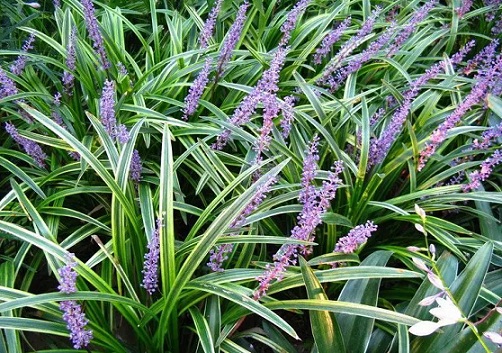SunSirs: Continuous high Temperature in China, Ophiopogon Japonicus enters the Traditional Off-season
July 12 2023 14:32:42 SunSirs (Selena)
On July 9th, the Chinese herbal medicine index was 2,709 points, unchanged from yesterday, a decrease of 1.53% from the cycle's highest point of 2,751 points (2023-06-26), and an increase of 177.85% from the lowest point of 975 points on November 25th, 2019. (Note: The cycle refers to June 30th, 2019 to present)
According to the price monitoring of SunSirs, in the 27th week of 2023 (7.3-7.7), there were 2 products that rose, 2 products that fell, and 4 products that rose or fell to 0 on the Chinese herbal medicine price list. The main commodities that rose were: Ophiopogon japonicus (1.21%) and Flos Lonicerae (1.06%); The main commodities that fell were: Forsythia (-2.41%) and Angelica (-1.85%). Last week's average increase or decrease was -0.25%.
According to the monitoring of the commodity market analysis system of SunSirs, the supply and sales of goods in the production area have been smooth recently, and the market has steadily increased. Market holders are reluctant to sell. Currently, the transaction price of medium quality unified goods in the market is around 140 RMB, while the transaction price of good quality unified goods is between 145 and 150 RMB.
The production area of ophiopogon japonicus in Santai County, Sichuan Province, has not been light in the off-season recently, and has been moving faster. Large pharmaceutical enterprises and decoction pieces enterprises have been active in purchasing goods. Local commodity holders have strong reluctance to sell, and the market has risen slightly. At present, the transaction price for medium quality unified goods of Ophiopogon japonicus is between 137 and 140 RMB, the transaction price for poor feeding of pharmaceutical factories is between 134 and 135 RMB, the transaction price for good quality unified goods is around 145 RMB, the transaction price for secondary goods from the origin is around 135 RMB, and the transaction price for millet grains is above 120 RMB.
At present, the inventory of Ophiopogon japonicus in the production area has decreased, and the supply of goods is mostly concentrated in the hands of local pressure vendors. Due to the current market price being mostly based on the cost price, it is still early, and most people are unwilling to let go. In addition, pharmaceutical companies are uncomfortable with prices during the new production period, and there is rigid demand after the new production ends, leading to a slight shortage of circulating goods in the short term. Business analysis suggests that the market for Ophiopogon japonicus may remain strong in the short term, and whether it is sufficient to ensure usage in the second half of the year requires further observation of the actual digestion of Ophiopogon japonicus at this stage.
With the continuous high temperature weather throughout the country, the Chinese herbal medicine market has entered the traditional off-season, with low overall trading volume, limited market hotspots, and limited attention from merchants. Some varieties that missed the price increase in the early stage have performed well in the near future, but clearly lack the drive of star varieties; The trading volume of the declining variety market this week has further shrunk, lacking practical digestion, and merchants are also unwilling to sell at reduced prices.
If you have any questions, please feel free to contact SunSirs with support@sunsirs.com.



